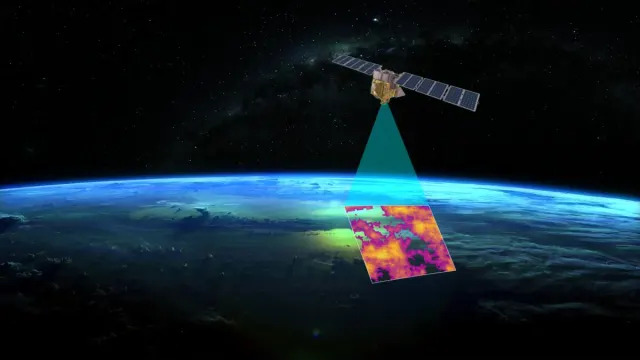Although carbon dioxide is the primary cause of global warming, other elements also contribute to the phenomenon. The International Energy Agency estimates that methane is roughly 30% to blame for the increase in global temperatures that has occurred since the Industrial Revolution. The energy industry is responsible for about 40% of the methane emissions that result from human activities. One of the most important things we can do in the short term to fight climate change is to identify and mitigate these emissions.
To that end, Google and the Environmental Defense Fund (EDF) have once again teamed up to tackle the issue. The pair previously mapped methane leaks in major cities using sensors on Street View cars. This time they’re using a blend of satellite imagery and AI.
The EDF and its partners have developed a satellite that’s set to launch on a SpaceX Falcon 9 rocket in early March. While there have been other satellite-based monitoring efforts, MethaneSAT is slated to provide the most comprehensive picture yet of methane emissions across the planet.
The satellite will orbit the Earth 15 times a day at an altitude of over 350 miles, and focus on measuring methane levels in the top oil- and gas-producing regions. It will be capable of imaging large emissions from a single source as well as smaller sources of methane spread across wider areas.
EDF and its partners developed Google Cloud-powered algorithms to calculate emissions in certain places and to track them over time. Artificial intelligence will also be employed to pinpoint oil and gas infrastructure such as storage containers and pump jacks, much like Google uses AI to detect sidewalks, street signs and road names in satellite images for Maps.
Combining the methane map with one showing oil and gas infrastructure is expected to provide a clearer picture of where emissions are stemming from. That should give energy companies actionable information to help them stop leaks.
Insights from the project will be publicly available on the satellite’s website and Google Earth Engine later this year. “By making MethaneSAT datasets available on Earth Engine, which has over 100,000 monthly active users, it’s easier for users to detect trends and understand correlations between human activities and environmental impact,” Yael Maguire, Google’s vice president and general manager of Geo Developer and Sustainability, wrote in a blog post. Earth Engine users will be able to match the methane data against other maps, such as those showing forests, regional borders and water. They’ll also be able to view methane emissions over time.





